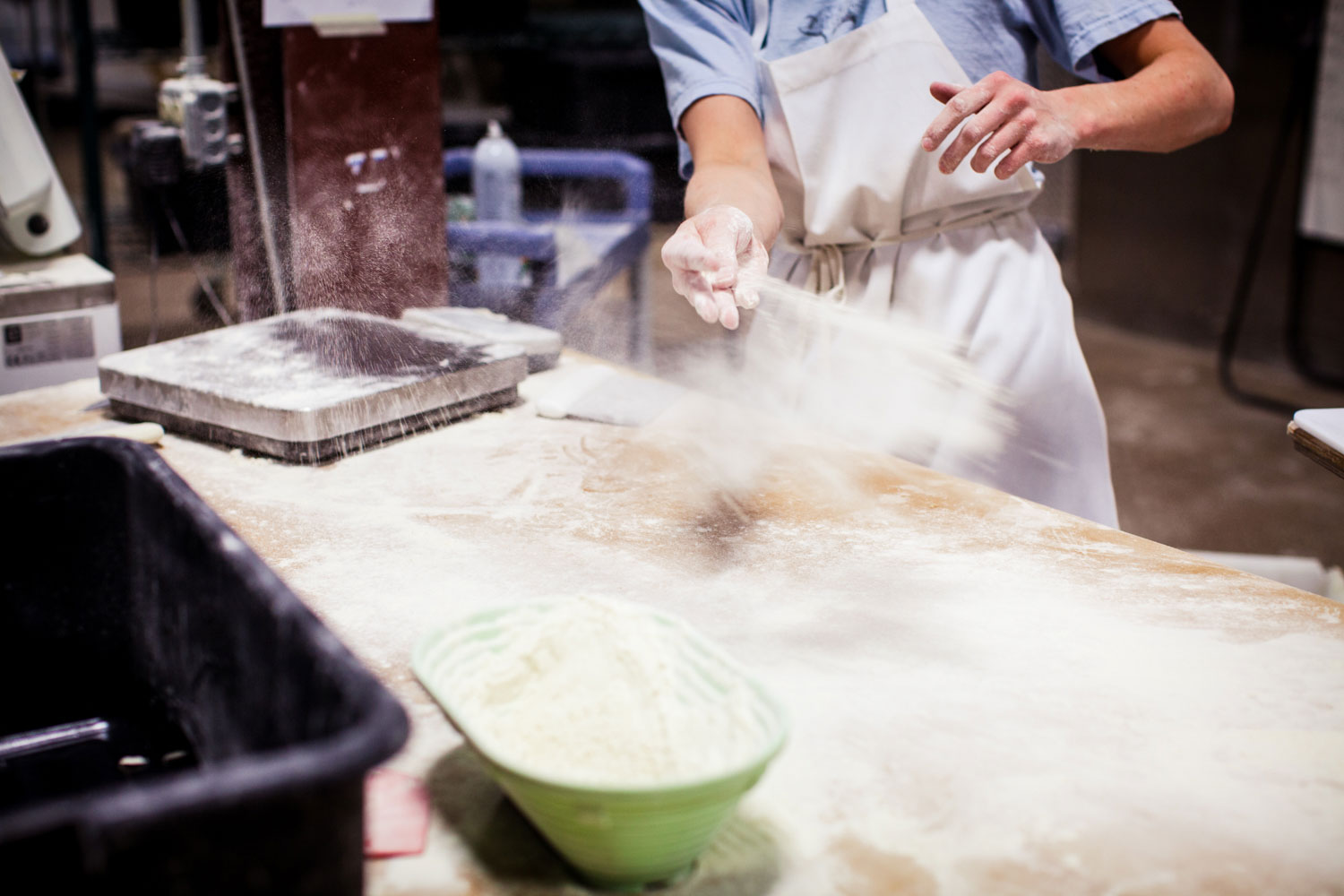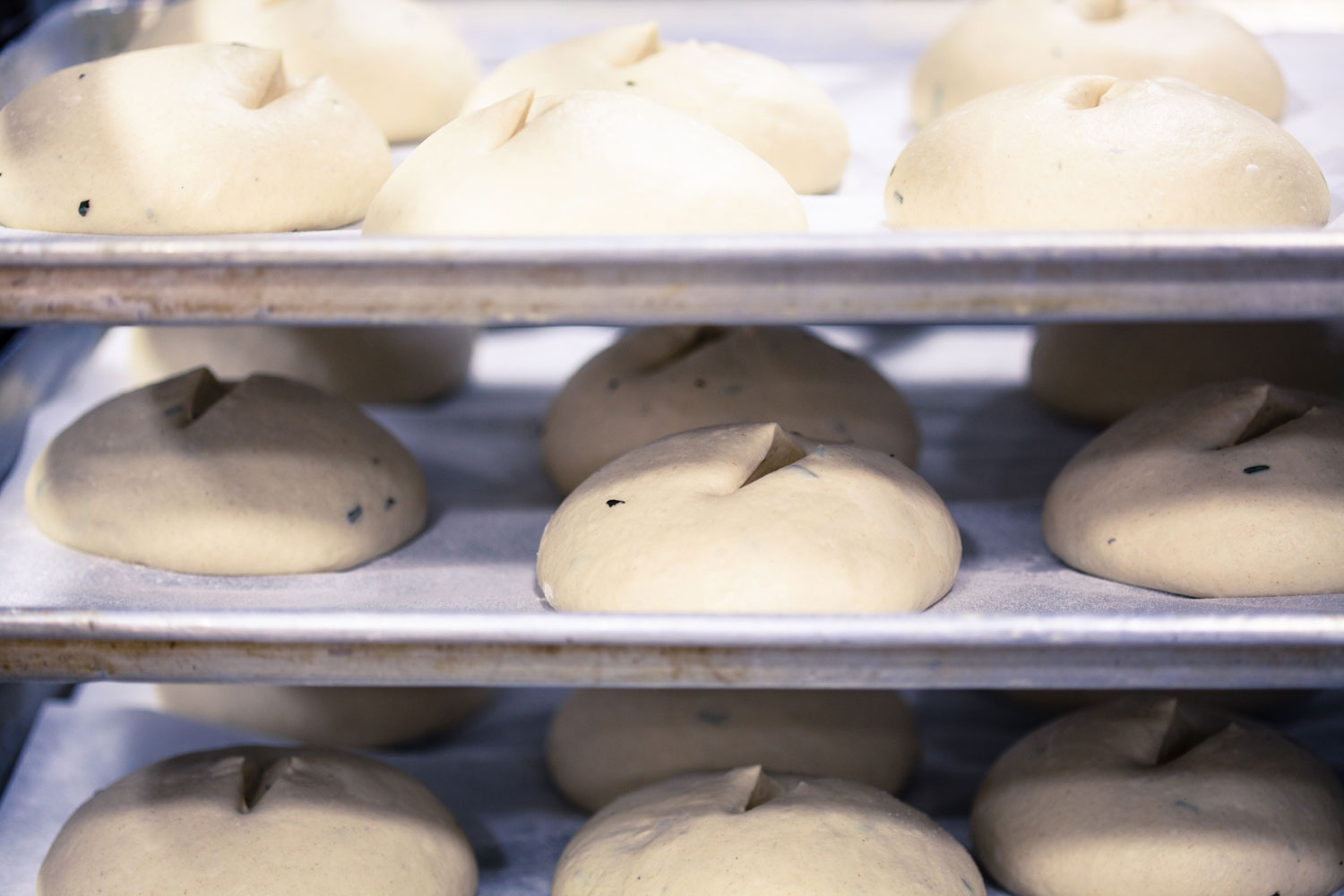The Artisan Baking Process
Artisan Bread CTNot all bread is created equal. You don’t need to be a baker or a foodie to tell the difference between a crusty, Hartford Baking Co’s freshly-baked artisan bread in CT versus the supermarket sliced variety – beyond that, however, things can get confusing.
“Artisan” is a term you see a lot in the food world these days, along with “craft”, “fresh” and “real.” They’re usually used to signify care, expertise and quality of ingredients, but currently there are no official restrictions on who can use these terms; so it’s always worth finding out the story behind the label.
At Hartford Baking Co. we use the word “artisan” to sum up just how much attention we give our products; the long, traditional processes we use and the way we closely monitor every single handmade loaf. It’s this hands-on attention to detail that makes our loaves different than what you buy on the supermarket shelf.


Texture
When different bakers get together to compare breads, bigger holes always win. Human hands are gentler than a piece of industrial machinery, so shaping all our loaves by hand allows us to keep all those gorgeous fermentation bubbles intact. This process leads to very pleasant, lightly textured bread, perfect for soaking up EVOO or a savory sauce.
Digestibility
Artisan bread is actually easier to digest, because the enzymes have had time to begin breaking down the gluten in the flour while fermenting. And it will last longer – as a rule, the longer the production process, the longer its shelf life will be.
Flavor
The key to a flavorful loaf of bread is time and patience. Most of our breads take over 24 hours from start to finish. Mass-produced bread, on the other hand, uses various chemicals and high-energy mixers to speed up fermentation, resulting in a process that can take as little as 60 minutes from mix to bake.
By contrast, a long fermentation process gives the dough up to 24 hours to develop, allowing the natural enzymes to react with the flour in their own time for a much more robust flavor and texture.
Whether you call it “artisan,” “craft,” or anything else, it’s clear that traditional artisan method make an all-around better product. Whether you buy it from a market, a bakery or even make it yourself, there’s no doubt that slow and steady wins the baking race.
'The key to a flavorful loaf of bread is time and patience'
What makes your bread so unique?
Quite different from what you might find in your supermarket bakery, artisan breads represent the true time-honored craft of bread baking. “Artisan” implies made by hand, which is the method we use for all of our bread and pastries. Shaping loaves by hand is a more gentle process and does not overwork the dough as a machine would, yielding large, irregular holes (the essence of artisan bread).
Most of our breads contain only four or five ingredients: unbleached wheat flour, double-purified water, sea salt, and either instant yeast or our own homemade sourdough starter. It is this simplicity that makes bread such a universal and versatile food.
I am allergic to wheat and/or gluten. Do you make any bread I can eat?
Unfortunately, no. All of our breads contain wheat flour (white flour is still wheat flour). Gluten is a protein in wheat flour to which some people are allergic. While most people who are allergic to wheat or gluten have mild reactions it can be very severe for some, even fatal.
How do I store my bread?
In the unlikely event you have bread left over after the day of purchase, you can temporarily extend its shelf life by storing it in a sealed plastic bag, kept in a cool, dry place.
If you’d like to freeze your bread to eat at a later time, wrap it tightly in foil before placing it in a sealed plastic bag (preferably the airtight bags made specifically for freezer storage). Typically, bread can be frozen for up to two months.
To defrost bread, allow it to completely thaw at room temperature, then place the loaf in a 400-degree oven for 4 to 6 minutes. If you’re pressed for time, pull bread directly out of freezer and bake it in the foil it’s wrapped in for 15 to 30 minutes in a 350-degree oven.
We do not recommend storing bread in the refrigerator. The inside of your fridge is a low-moisture environment which will quicken the staling of your bread and dry it out.
Please do not microwave bread, as it leads to an extremely rubbery texture.
